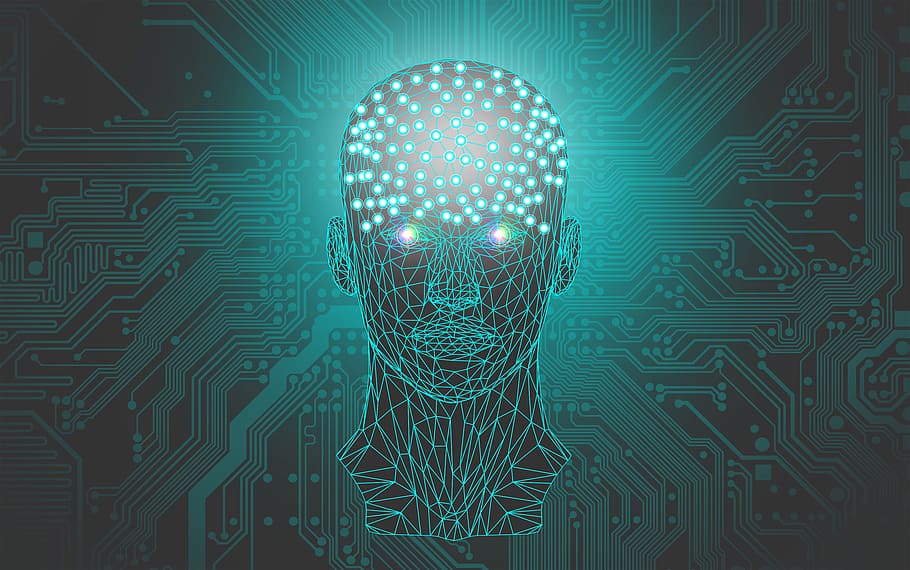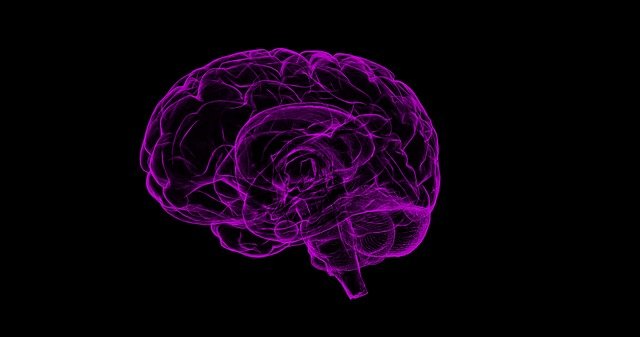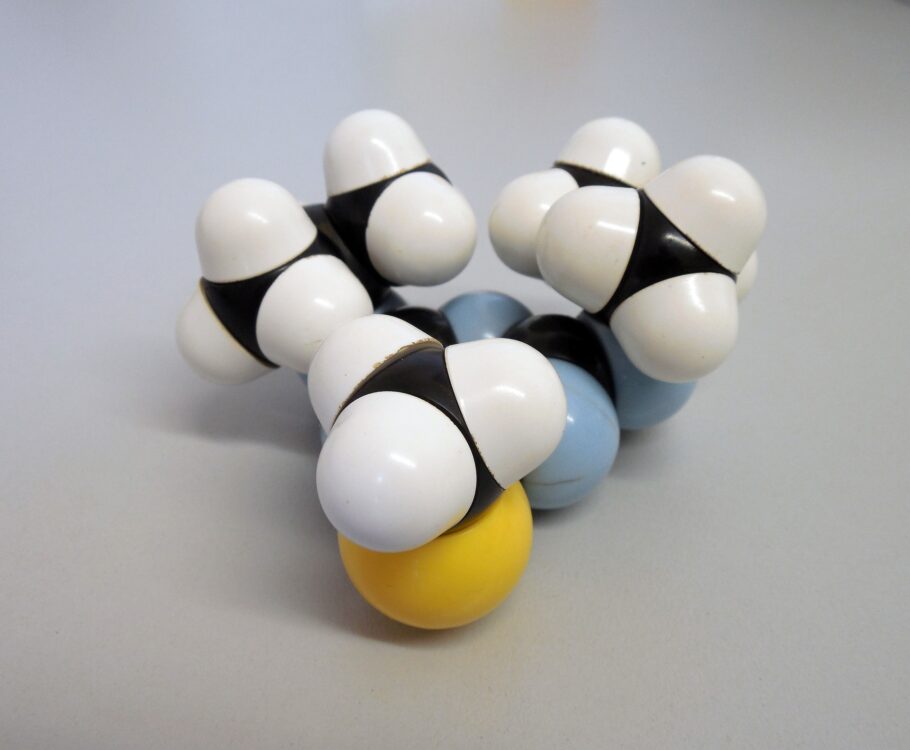Genghis Khan: Better than other warlords at more than just conquering land
“The greatest happiness is to vanquish your enemies, to chase them before you, to rob them of their wealth, to see those dear to them bathed in tears, to clasp to your bosom their wives and daughters.” This quote, by Genghis Khan, perfectly illustrates one key reason why the mutation in his Y chromosome was […]
Genghis Khan: Better than other warlords at more than just conquering land Read More »






